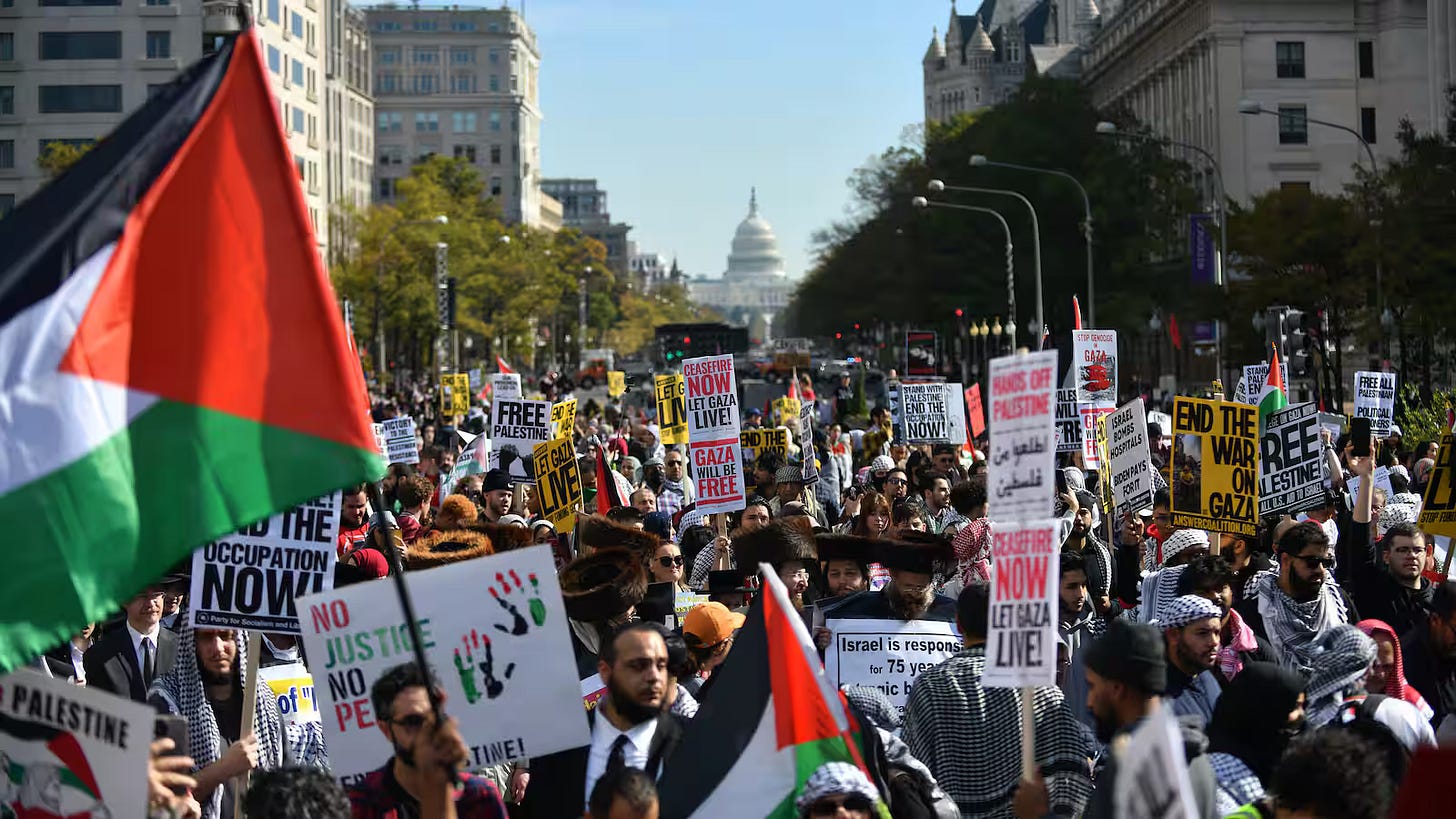The Gaza Ceasefire Was Never Meant to Last: How Trump and Israel Engineered Its Collapse
Under the guise of diplomacy, Israel's relentless aggression and Trump's reckless ultimatums ensured that peace in Gaza was doomed from the start.
The Gaza ceasefire, intended to halt hostilities and provide a framework for peace, has been fraught with challenges that raise serious concerns about the roles of both Israel and the United States, particularly under President Donald Trump's administration. The actions and policies pursued by these actors have not only undermined the ceasefire but have also exacerbated tensions in the region, casting doubt on their commitment to a genuine and lasting peace.
Ceasefire Violations and Hostage Negotiations
Hamas has announced a suspension of further hostage releases, citing Israel's alleged violations of the ceasefire agreement. These violations reportedly include delays in allowing displaced Palestinians to return to northern Gaza and continued military actions against civilians. In response, Israeli Defense Minister Israel Katz labeled Hamas's suspension as a "complete violation" of the agreement and instructed the military to prepare for potential conflict escalation.
The ceasefire, active for three weeks, involved a schedule for releasing Israeli hostages in exchange for Palestinian prisoners. However, the process has been fraught with delays and mutual accusations of non-compliance, leading to heightened tensions and uncertainty about the truce's future.
U.S. Involvement and Policy Proposals
U.S. President Donald Trump has issued an ultimatum to Hamas, demanding the release of all Israeli hostages by midday Saturday. Failing this, he advocates for canceling the ceasefire and resuming military action, stating that Israel should "let hell break out."
Additionally, President Trump has proposed relocating Gaza's 2.2 million Palestinians to Jordan and Egypt while the U.S. undertakes redevelopment projects in Gaza. This plan has been met with strong opposition from Gaza residents, Arab states, and human rights advocates, who view it as a form of ethnic cleansing. The proposal has further strained the ceasefire and raised concerns about the long-term intentions of the U.S. and Israel in the region.
Media Narratives and Public Perception
Media coverage has played a significant role in shaping public perception of the ceasefire's viability. Reports highlighting the emaciated condition of released Israeli hostages have fueled outrage, while similar conditions among Palestinian prisoners have received less attention. This selective reporting contributes to a narrative that may justify the resumption of military actions against Gaza.
Conclusion
The fragile Gaza ceasefire faces significant challenges due to actions and policies from both Israel and the United States. Alleged violations of the truce, coupled with controversial proposals for the displacement of Palestinians, have undermined efforts toward a lasting peace. The role of media narratives further complicates the situation, potentially swaying public opinion in favor of renewed conflict. These developments raise critical questions about the true intentions behind the ceasefire and the prospects for genuine resolution in the region.



